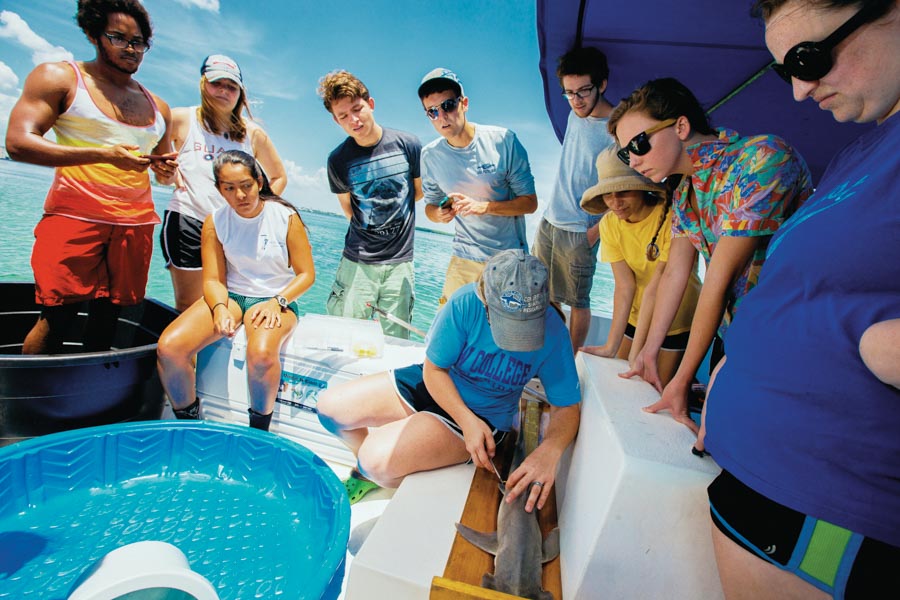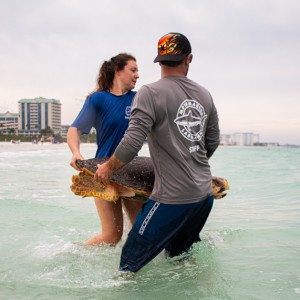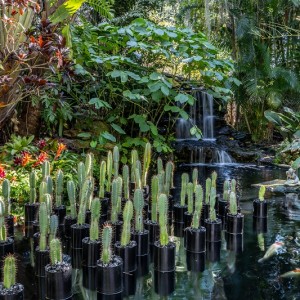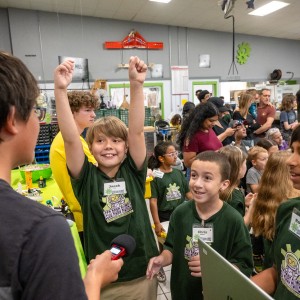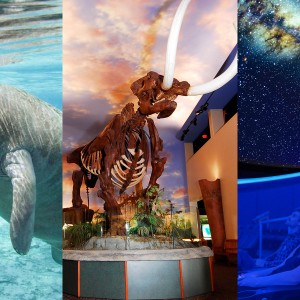Everyone knows there are sharks in Sarasota Bay, but no one knows quite how many or why they’re there—a sobering thought for some swimmers, but an exciting avenue of exploration for marine scientists, including marine biology seniors at New College of Florida. And beginning in 2016, under the guidance of New College professor Dr. Jayne Gardiner, three successive students have centered their senior thesis around an ongoing research project to determine the number and type of sharks in Sarasota Bay, and find out if the warm waters might indeed be a nursery for those species. Glomming on to an ongoing study from the National Oceanic and Atmospheric Administration (NOAA) looking at shark activity across the Gulf of Mexico, Gardiner and the first student began by documenting numbers of shark and stingray species in the bay, using simple tags. The next year, with another student working on another thesis project, the study narrowed to the northeast end of Sarasota Bay, following the word of fishermen who reported blacktip sharks in the area, and, now using acoustic tags (electronic tags that can be registered by ‘listening stations’ installed in the bay, rather than relying on the same shark being pulled up and reported by random fishing folk), discovered large numbers of juvenile sharks. This information could then be compared to numbers collected in other areas of the Gulf under NOAA’s study. This past year, Lukas Heath, who just graduated New College with a degree in marine biology, underscored these findings with his own study, diving further into shark behavior by installing a new listening station and more accurately tracking movement as the young sharks grow larger and begin to explore the bay. “Each student has continued the survey work to build this story about Sarasota being a nursery habitat,” says Gardiner. “Everybody is adding their own piece.” A fourth student has already begun her study, and plans to add yet another listening station.





